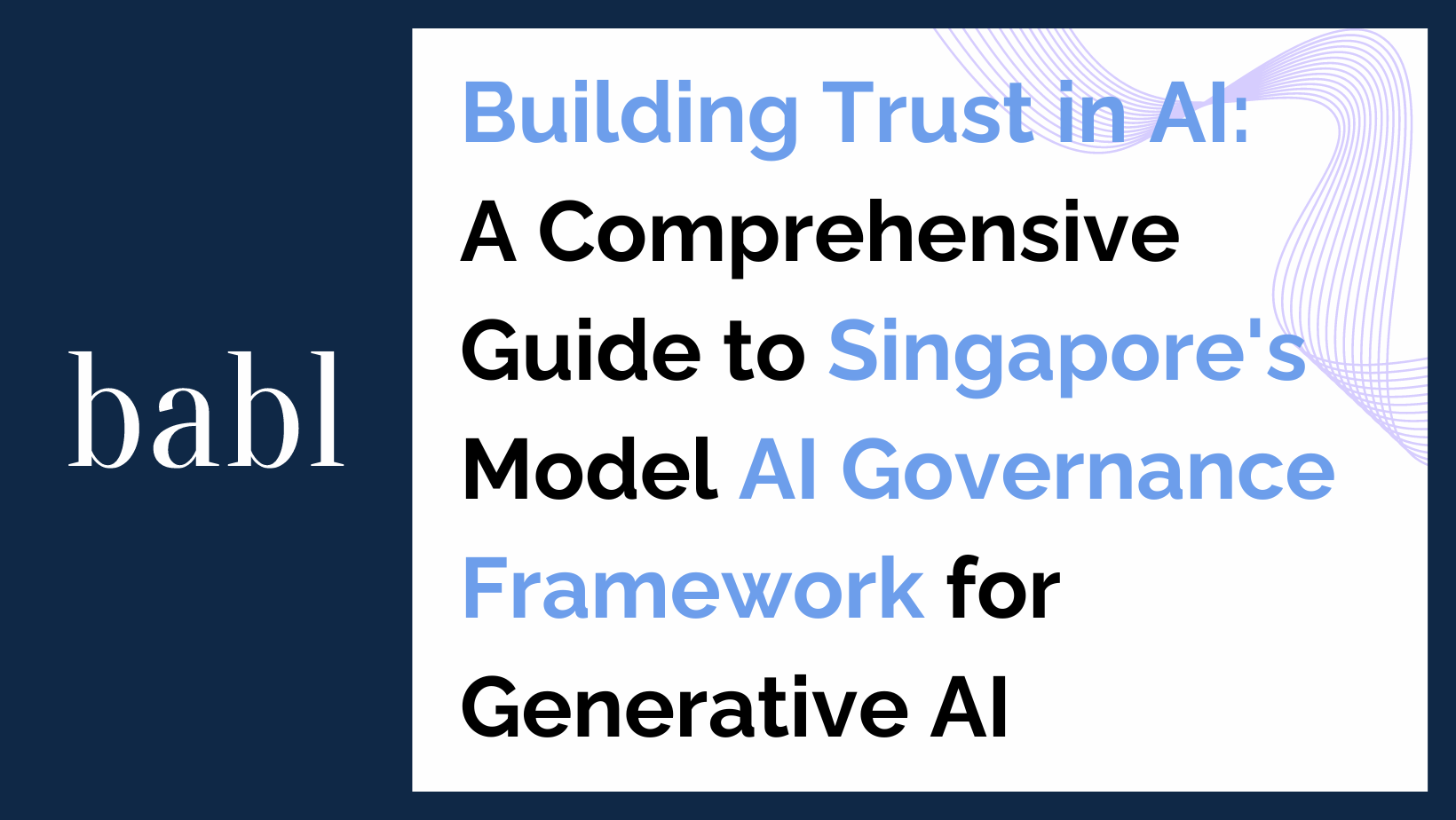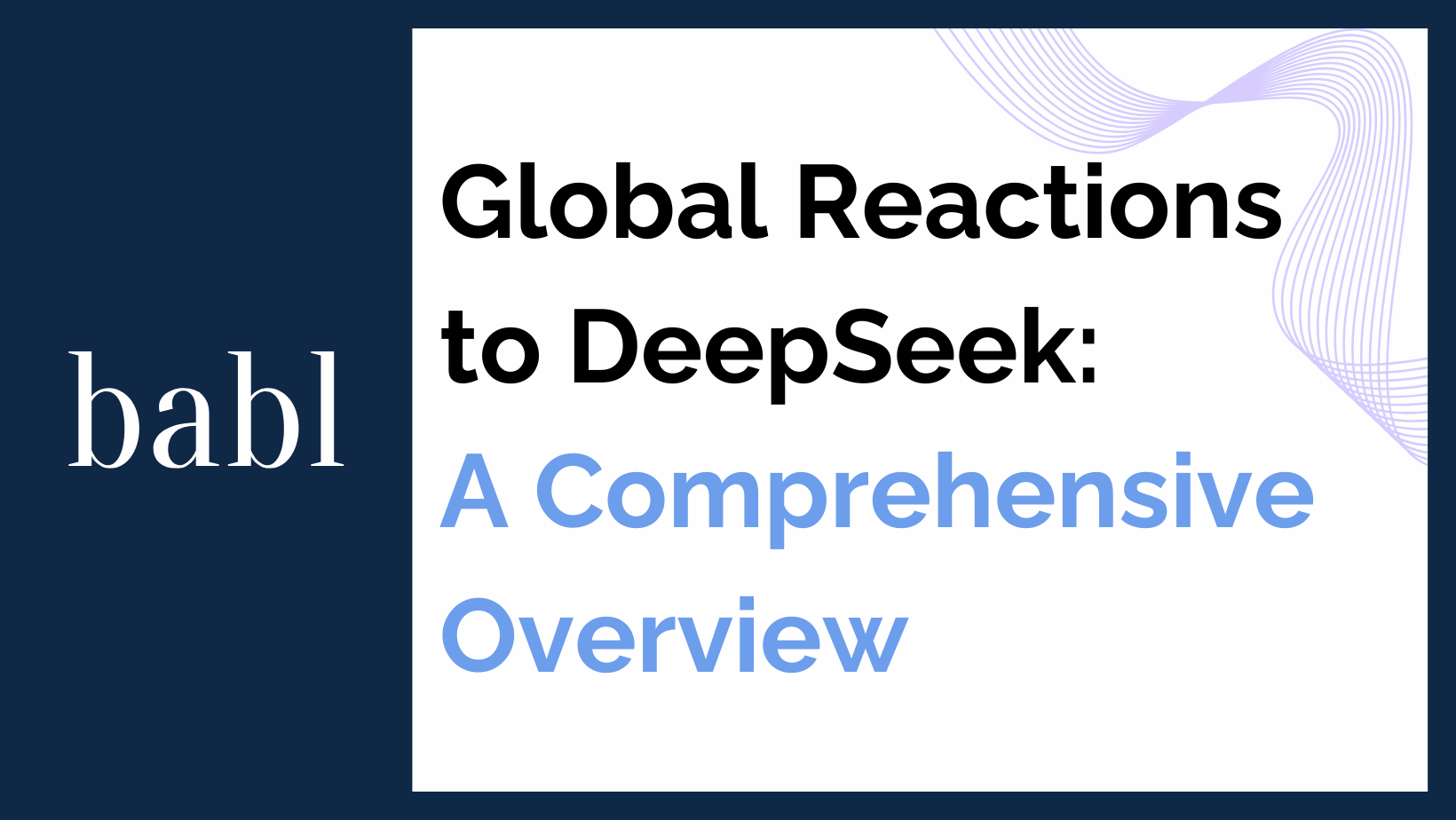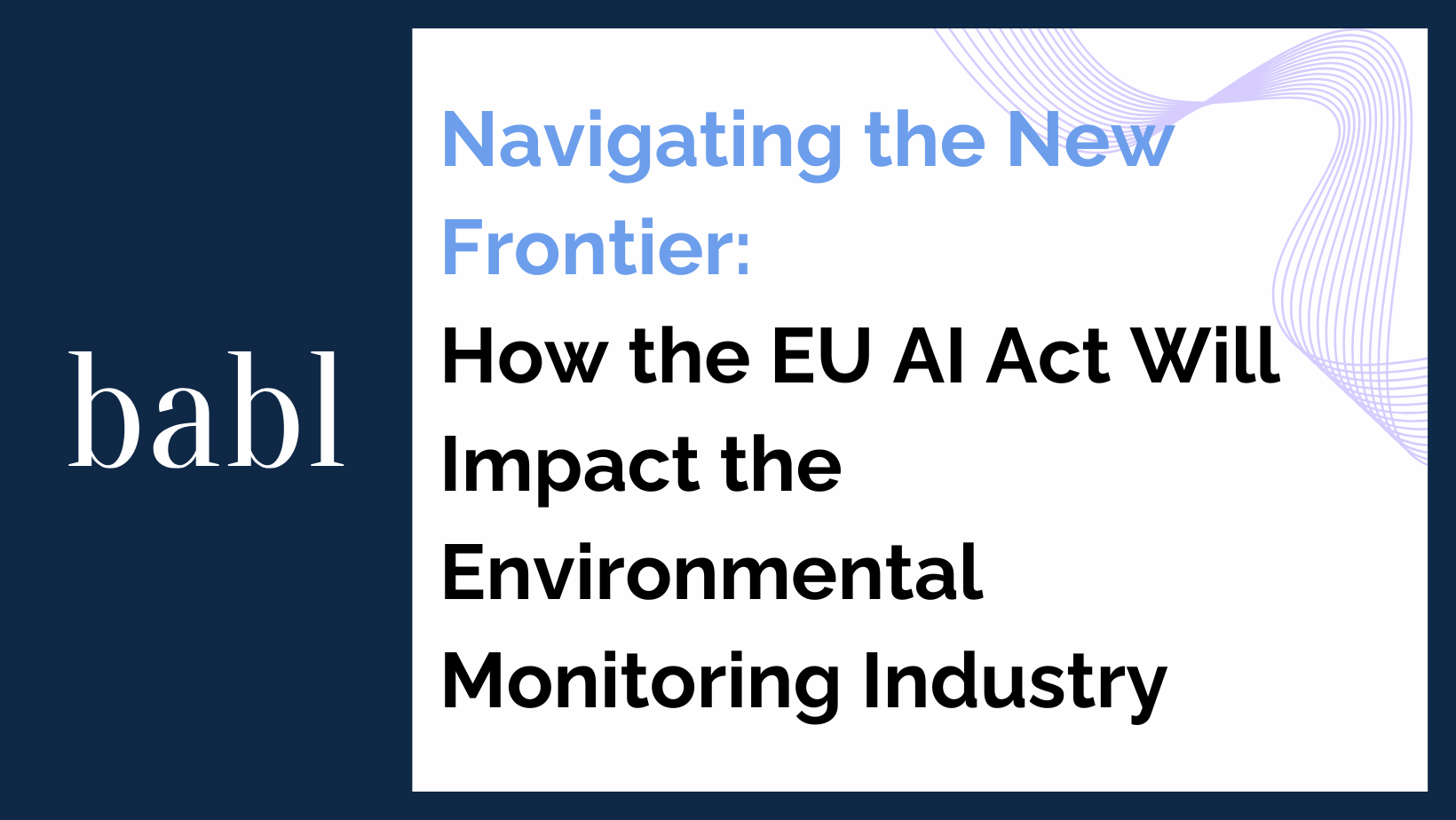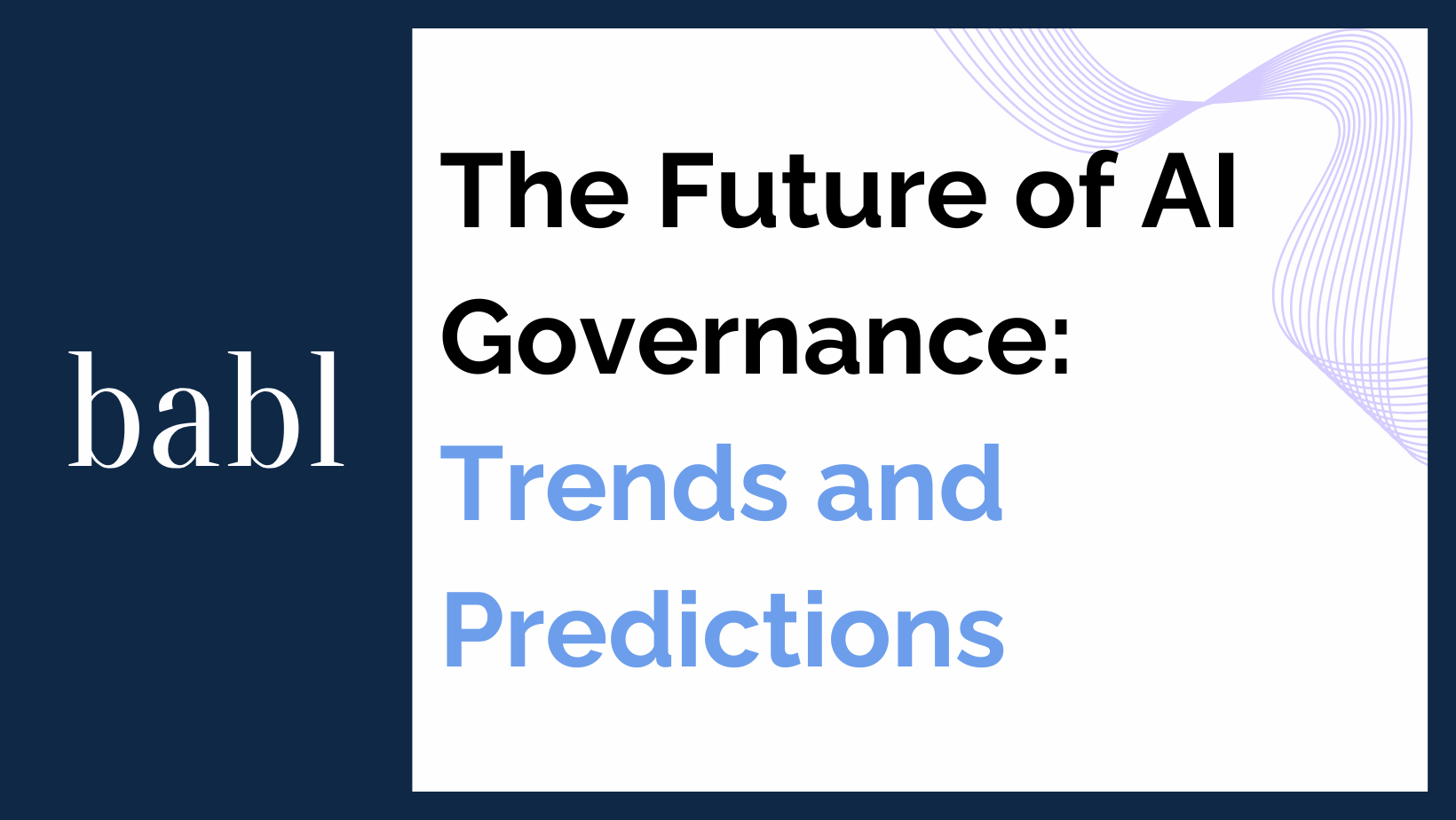Building Trust in AI: A Comprehensive Guide to Singapore’s Model AI Governance Framework for Generative AI
In an era where artificial intelligence (AI) technology is rapidly evolving, the need for robust governance frameworks has never been more critical. Singapore’s Model AI Governance Framework for Generative AI, released in May 2024, serves as a comprehensive guide to ensure the responsible development and deployment of generative AI technologies. This blog post delves into the key dimensions of this framework, highlighting its significance and the steps required to build a trusted AI ecosystem.
Understanding the Framework
The Model AI Governance Framework for Generative AI is designed to address the unique challenges posed by generative AI systems. These systems, capable of creating text, images, and other media, present both transformative opportunities and significant risks. The framework outlines nine critical dimensions that collectively aim to foster a trusted ecosystem for AI innovation.
- Accountability
- Data Quality and Usage
- Trusted Development and Deployment
- Incident Reporting
- Testing and Assurance
- Security
- Content Provenance
- Safety and Alignment R&D
- AI for Public Good
Accountability in AI Development
Accountability is foundational to building trust in AI systems. The framework emphasizes the importance of clear responsibility throughout the AI development lifecycle. This includes model developers, application deployers, and cloud service providers. Establishing accountability mechanisms ensures that all parties involved are responsible for the ethical and safe deployment of AI technologies.
Practical Steps for Accountability
- Ex Ante Measures: Responsibility allocation during the development phase ensures proactive measures are taken to mitigate risks. This approach parallels shared responsibility models in cloud computing, adapted for AI development.
- Ex Post Measures: Implementing safety nets such as indemnity and insurance can provide end-users with protection against unforeseen issues. This also includes exploring concepts like no-fault insurance to cover residual risks.
Ensuring Data Quality
Data is the backbone of AI systems. The framework stresses the need for high-quality, representative, and ethically sourced data. It addresses contentious areas such as the use of personal data and copyright material in training datasets.
Key Considerations for Data Usage
- Trusted Use of Personal Data: Clear guidelines on the application of personal data laws to generative AI can help protect individual rights while enabling innovation.
- Balancing Copyright and Accessibility: Developing frameworks to address the use of copyrighted material in AI training, including potential remuneration and licensing solutions, is essential.
Trusted Development and Deployment
Transparency and best practices in AI development are critical for building trust. The framework calls for industry-wide adherence to safety and hygiene measures, akin to food labeling, providing stakeholders with clear information about the AI systems they use.
Best Practices for Development
- Safety Measures: Techniques like Reinforcement Learning from Human Feedback (RLHF) and Retrieval-Augmented Generation (RAG) help ensure model outputs are safe and aligned with human values.
- Disclosure: Standardized transparency around data sources, training methodologies, and safety measures is crucial for informed decision-making by end-users.
Incident Reporting for Continuous Improvement
Despite robust development processes, AI systems are not foolproof. The framework advocates for comprehensive incident reporting structures to facilitate timely remediation and continuous improvement.
Implementing Incident Reporting
Vulnerability Reporting: Encouraging the identification and reporting of vulnerabilities by researchers and white hats can preemptively address potential issues.
Structured Incident Reporting: Defining thresholds for formal incident reporting and harmonizing these with existing cybersecurity frameworks ensures effective response to AI-related incidents.
Third-Party Testing and Assurance
Independent testing and assurance play a vital role in validating AI systems. The framework highlights the importance of third-party evaluations to provide additional trust and transparency.
Steps to Foster Third-Party Testing
- Standardization of Testing: Developing common benchmarks and methodologies for AI testing enhances comparability and reliability.
- Accreditation of Testers: Building a pool of qualified third-party testers through accreditation mechanisms ensures the integrity of the testing process.
Enhancing AI Security
Generative AI introduces novel security risks that need to be addressed. The framework emphasizes adapting existing security measures and developing new safeguards specific to AI.
Security Measures for AI
- Security-by-Design: Integrating security considerations into every phase of the AI development lifecycle minimizes vulnerabilities.
- Development of New Tools: Innovations such as input filters and digital forensics tools tailored for generative AI enhance the ability to detect and mitigate security threats.
Content Provenance and Authenticity
The ease of creating AI-generated content raises concerns about misinformation and authenticity. The framework proposes technical solutions like digital watermarking and cryptographic provenance to ensure transparency about the origins of content.
Implementing Content Provenance
- Digital Watermarking: Embedding information within digital content to identify AI-generated material.
- Cryptographic Provenance: Using cryptographic methods to track and verify the origin and modifications of digital content, ensuring its authenticity.
Safety and Alignment Research & Development (R&D)
Continuous investment in R&D is essential to keep pace with the evolving capabilities of generative AI. The framework calls for accelerated research to improve model safety and alignment with human values.
Focus Areas for R&D
- Forward Alignment: Enhancing techniques like RLAIF (Reinforcement Learning from AI Feedback) to improve model alignment.
- Backward Alignment: Developing methods to evaluate and understand models post-training to detect and mitigate potential risks.
AI for Public Good
Beyond risk mitigation, AI has the potential to significantly benefit society. The framework encourages the responsible use of AI to democratize access to technology, improve public service delivery, and support sustainable development.
Promoting AI for Public Good
- Democratizing Access: Ensuring that all members of society can benefit from generative AI through inclusive and human-centric design.
- Public Sector Adoption: Leveraging AI to enhance the efficiency and effectiveness of public services.
- Workforce Upskilling: Providing opportunities for workers to develop the skills needed to thrive in an AI-enabled future.
- Sustainability Initiatives: Tracking and reducing the carbon footprint of AI technologies to support global sustainability goals.
Conclusion
Singapore’s framework offers a roadmap for building trust in generative AI. It balances innovation with accountability, data quality, transparency, testing, security, provenance, research, and social good. Therefore, it stands as a global model for responsible AI governance.
Need Help?
Generative AI governance requires cooperation across policymakers, businesses, researchers, and the public. If you want guidance on Singapore’s framework—or any global AI regulation—BABL AI Audit Experts can help. They provide clear advice to keep your organization informed and compliant.





